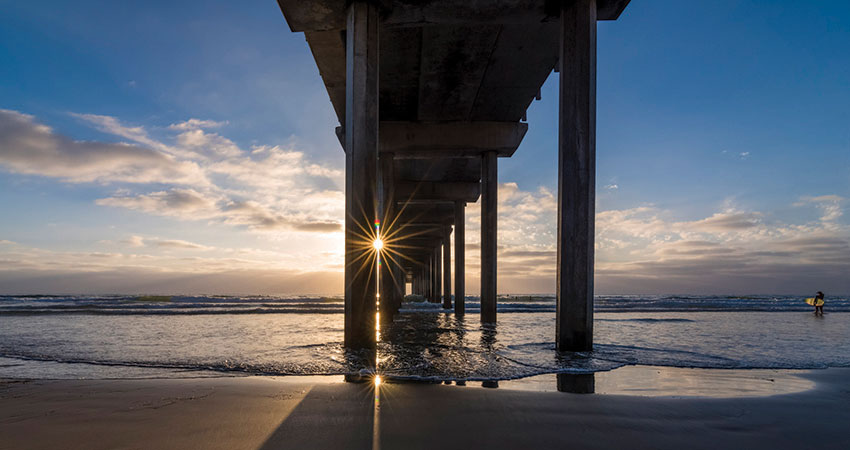
Title: Observational evidence of cold filamentary intensification in an energetic meander of the Antarctic Circumpolar Current
Talk Abstract: Eddy stirring at mesoscale oceanic fronts generates finescale filaments, visible in submesoscale-resolving model simulations and high-resolution satellite images of sea surface temperature, ocean colour and sea ice. Submesoscale filaments have widths of 𝑂(1-10 km) and evolve on timescales of hours to days, making them extremely challenging to observe. Despite their relatively small scale, submesoscale processes play a key role in the climate system by providing a route to dissipation; altering the stratification of the ocean interior; and generating strong vertical velocities that exchange heat, carbon, nutrients, and oxygen between the mixed layer and the ocean interior. We present a unique set of in-situ and satellite observations in a standing meander region of the Antarctic Circumpolar Current (ACC) that support theories of cold filamentary intensification – revealing enhanced vertical velocities and evidence of subduction and ventilation associated with finescale cold filaments. We show that these processes are not confined to the mixed layer; EM-APEX floats reveal enhanced downward velocities (>100 m/day) and evidence of ageostrophic motion extending as deep as 1600 dbar, associated with a ∼20 km wide cold filament. A finer-scale (∼5 km wide) cold filament crossed by a towed Triaxus is associated with anomalous chlorophyll and oxygen values extending at least 100-200 dbar below the base of the mixed layer, implying recent subduction and ventilation. Energetic standing meanders of deep-reaching currents, like the ACC, provide an ideal environment for the generation of finescale filaments that can influence transport pathways of water mass properties both across mesoscale fronts and deep into the ocean interior.




